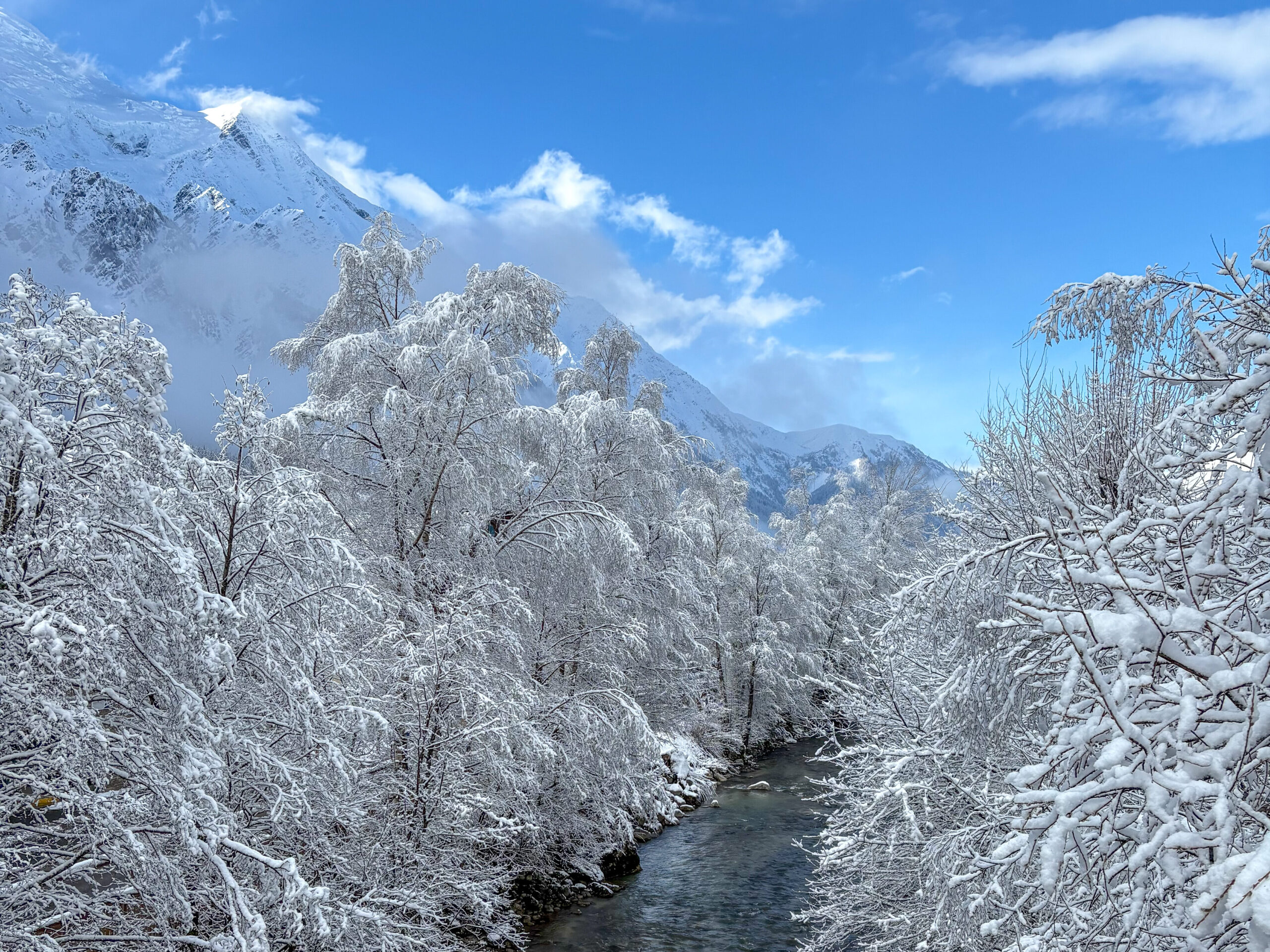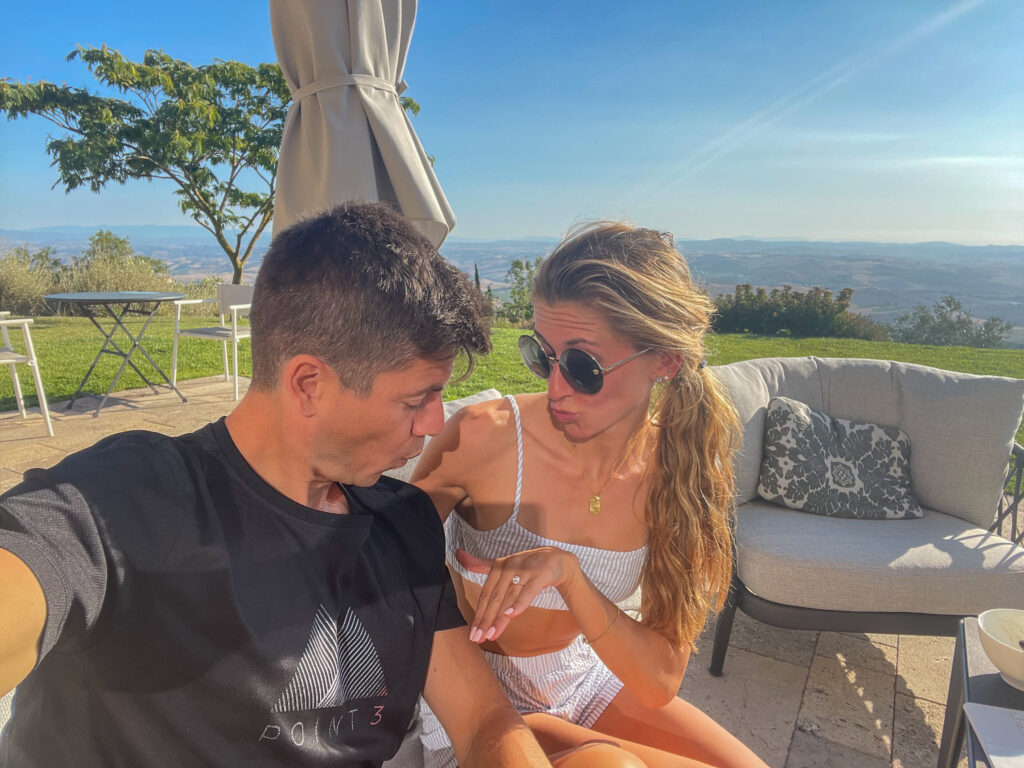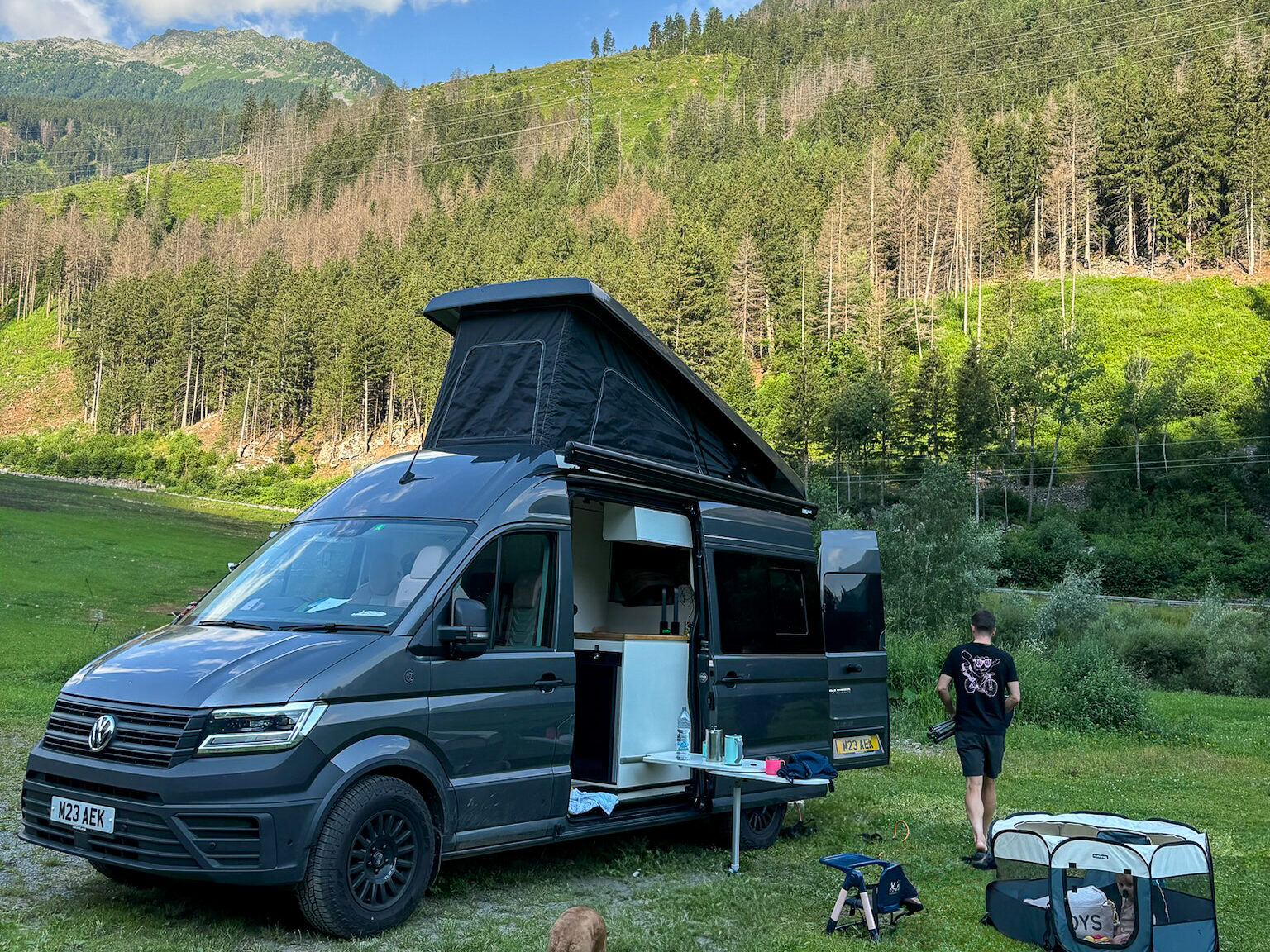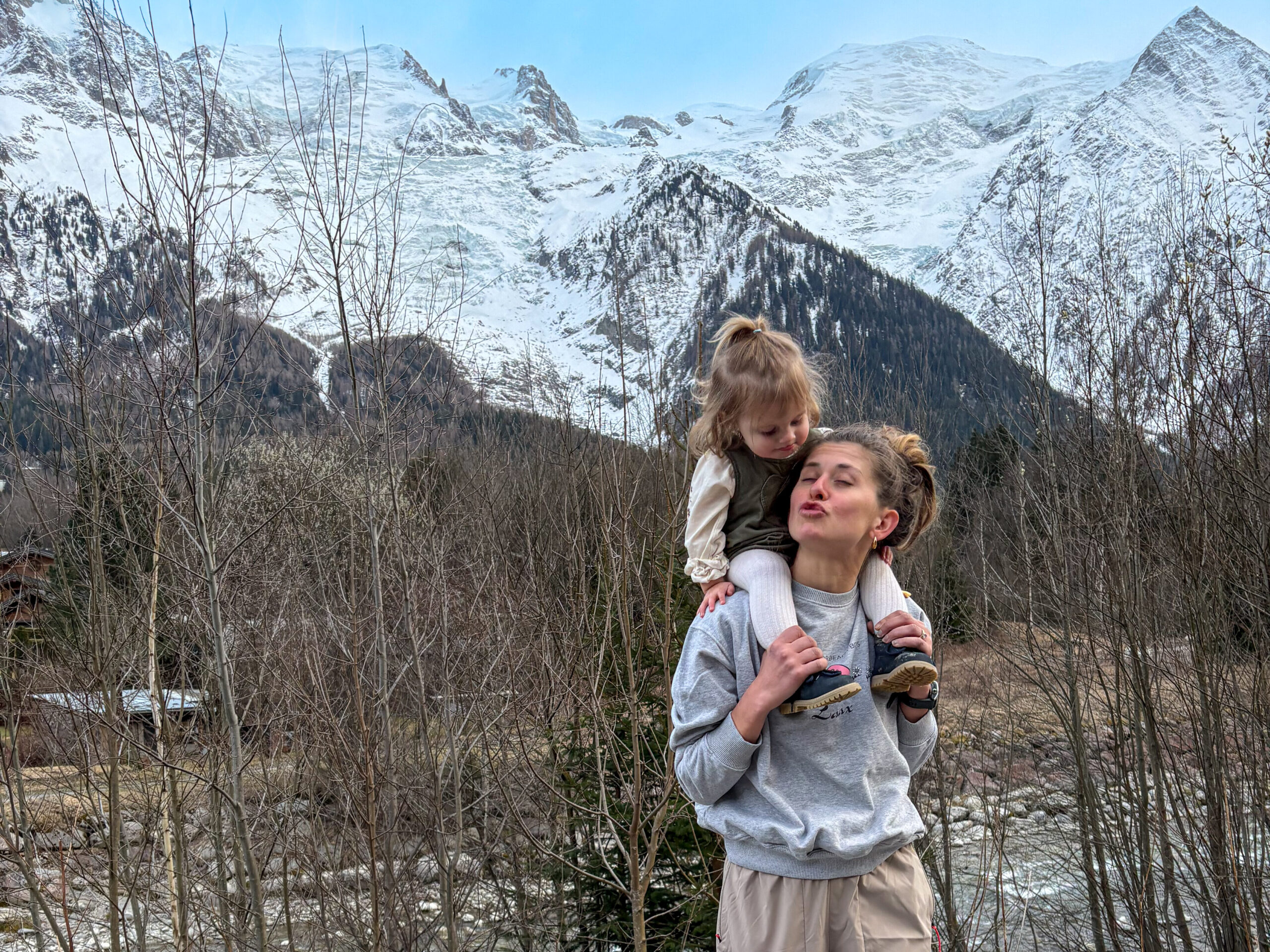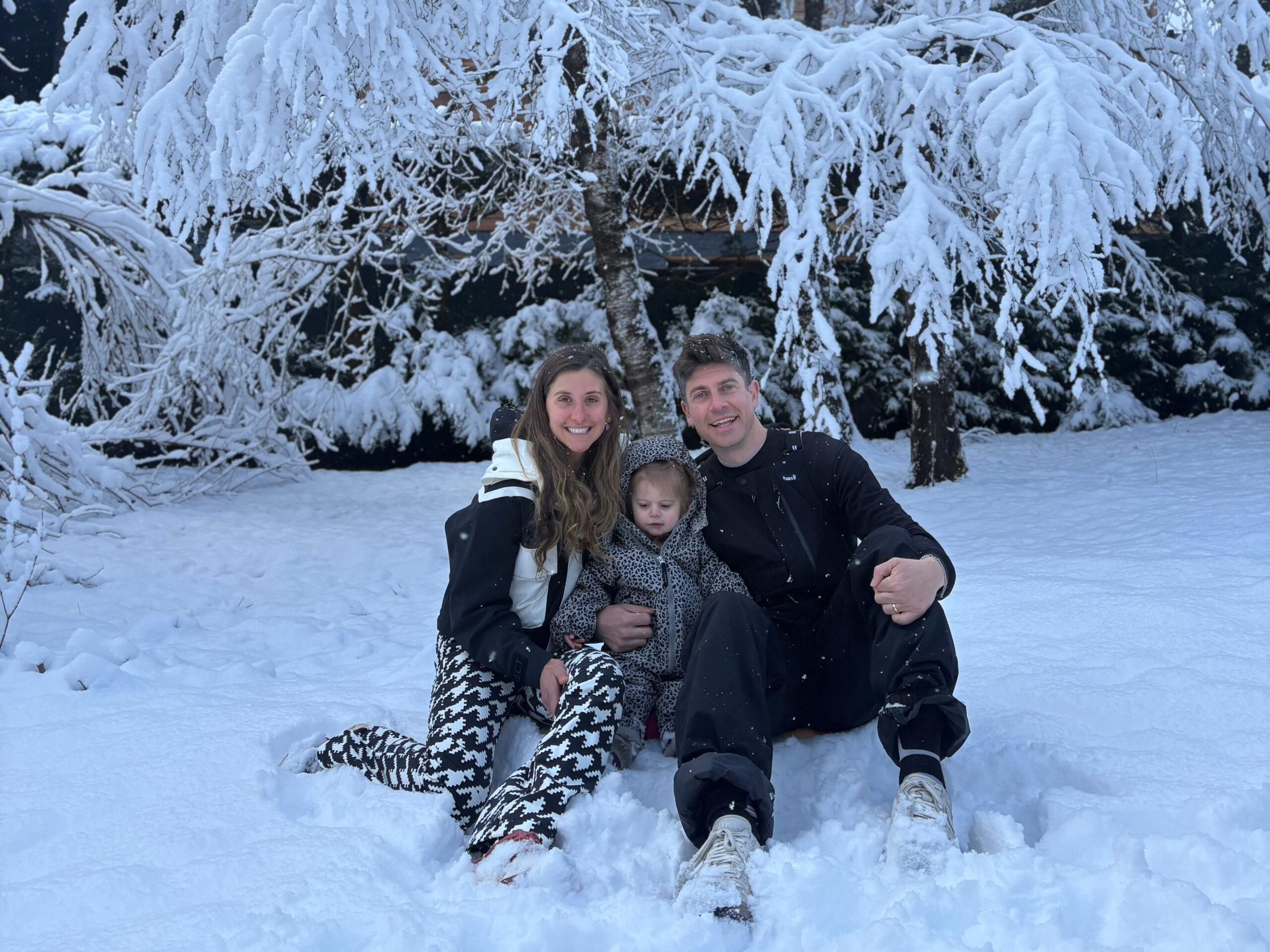When we started planning our move to France, we knew we wanted more than just a short visit. We weren’t relocating for work or study, and we didn’t fit into the traditional visa categories that often dominate the conversation. As a vocational athlete and with neither of us formally employed, we needed a visa that would give us the flexibility to live in France without the constraints of work sponsorship or academic enrolment.

Enter the VLS-TS, or Visa de Long Séjour valant Titre de Séjour. This long-stay visa allows you to live in France as a tourist for up to a year. It was the perfect fit. It gives people moving to France from abroad the ability to stay for more than 90 days without having to apply for a separate residency card after arrival. It’s not a work visa, but it offers the chance to experience life in France in a slower, more meaningful way.
For us, the VLS-TS offered the freedom to live intentionally, train with focus, and immerse ourselves in French culture, rather than just passing through. Here’s everything we learned about applying for the visa, what we wish we had known earlier, and how you can hopefully avoid the same pitfalls.
Important Note
Everything shared in this post is based on our personal experience with the VLS-TS application process. I am not a lawyer or immigration expert, and visa rules can change frequently. Please always double-check requirements with your local French consulate or official resources like france-visas.gouv.fr to ensure you have the most up-to-date information.
What is the VLS-TS?
The VLS-TS is France’s long-stay visa that also functions as a temporary residence permit. It allows you to stay in France for more than 90 days, up to a maximum of 12 months, without needing to apply for a separate titre de séjour once you’re in the country.
Unlike a standard tourist visa, which limits you to 90 days in the Schengen Zone within any 180-day period, the VLS-TS allows you to live in France for an extended period. However, it does not allow you to work or run a business in France. It is ideal for people who can support themselves financially and want to stay in France for training, travel, sabbatical, or lifestyle reasons.
There are a few categories of the VLS-TS, including those for students, researchers, and professionals. We applied under the visitor category, which is designed for people who are not planning to work or study formally but want to live in France on a long-term basis.
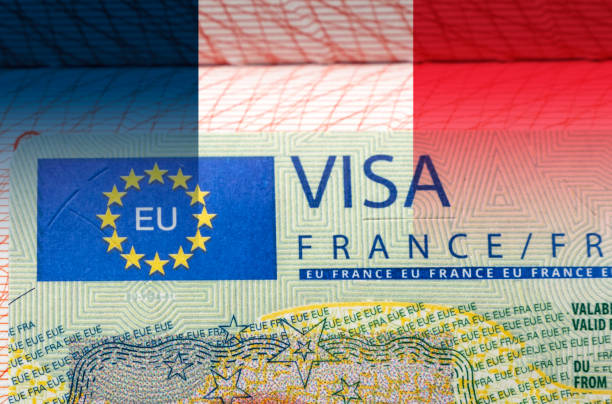
Who is this visa for?
To be eligible for the VLS-TS as a visitor, you must:
- Be applying from outside the EU or EEA
- Plan to stay in France for more than 90 days
- Be able to support yourself financially without working
- Have proof of accommodation for the entire duration of your stay
- Have health insurance that covers your full time in France
- Intend to live in France without engaging in professional work or formal studies
This visa worked perfectly for us. As a vocational athlete and a partner who was not employed, we could focus on our lifestyle and goals while being legally present in France. It’s a great option for international applicants who want to experience daily life in France without enrolling in a school or securing a job.
Our Journey
What documents did we need to show?

Here’s what we gathered for our application:
- Valid passport
It needed to be valid for at least six months beyond the end of our planned stay in France. - Completed online application
We filled this out on the France-Visas website and printed both the application and the personalised document checklist. - Passport-sized photos
These had to match French specifications exactly, so we made sure to use a proper photo service rather than DIY-ing it. - Proof of accommodation
This one was wild — we had to show that we’d secured a place to live for the entire year before we even had permission to be in France.
What we did: We used Airbnb. A lot of listings offer flexible cancellation, and that saved us when our first application was rejected. We were able to cancel and get our money back. Honestly, we recommend this route to anyone applying. - Proof of financial means
We submitted bank statements to show we could support ourselves financially without working. - Health insurance
This is where it all fell apart the first time. I accidentally submitted a one-month travel insurance policy, thinking that would be fine — and unbelievably, our lawyers didn’t catch the error.
For how much we paid, we expected every detail to be checked. But no one flagged it. The visa was rejected with no explanation, and only in hindsight did we realise what had gone wrong.
For our second application, we used Regency Healthcare for Expats, which met all the French requirements. It was expensive, but it worked. - Signed letter of intent
We wrote a simple letter explaining why we wanted to live in France for a year, what we planned to do, and confirming we wouldn’t be working.
Step-by-Step Application Process
Pre application
We used Lexidy France to help with our application process, but in hindsight, I wouldn’t recommend it.
At the time, we were stressed, overwhelmed, and unable to get an appointment at our local TLScontact center in London, which handles applications for the French consulate. Lexidy offered to take over the process completely, and in the moment, we handed it over.
The cost? £4,000 for all three of us.
Now that we understand the process, I can say with confidence that you don’t need to spend that much. To help you avoid making the same mistake, here’s the step-by-step guide we wish we had.
Victoria’s top tips
If you’re struggling to get an appointment, check out TLScontact’s Apply Anywhere service. They regularly offer pop-up locations in London and other cities, and they actually review your documents in advance, which is a game changer.
Honestly, if we had used this service, we’re pretty sure they would have flagged our incorrect travel insurance — which our expensive legal team missed.
It costs £250 per person, and in our case, it probably would have done the job better than the £4,000 we spent.
Step 1: Create an account on France-Visas
We went to france-visas.gouv.fr, created an account, filled in our details, and downloaded the form and checklist.
Step 2: Complete your application
We took our time entering everything correctly and printed both the application and the generated checklist.
Step 3: Book your appointment with TLScontact
Appointments in London filled up fast. There are entire Facebook groups dedicated to securing a slot, and honestly, I’m still not sure how people manage without the Apply Anywhere service or giving themselves weekly RSI from refreshing the booking page.

Step 4: Attend your appointment and submit your documents
We brought everything in duplicate: our printed forms, photos, proof of funds, accommodation, insurance, and the letter of intent. TLS also took our fingerprints and biometric photo.
Victoria’s Top tip
Children aren’t just not required — they’re not allowed in the building. If you show up with your child, someone will need to wait outside with them. Yes, even in the rain.
This is the time to dial a grandparent or hire a babysitter.
Step 5: Our first application — rejected
We applied in November. A few weeks later, our passports came back with no visa and no explanation. We now believe it was because of the incorrect insurance. With travel plans to Australia for December, we had to wait to reapply.
Step 6: Second application — success
We got a new TLS appointment for 6 January, corrected the insurance, got a babysitter, resubmitted everything, and were finally approved on 21 January. Our move was set for 28 February, perfectly aligned with Margot’s nursery starting on 5 March.
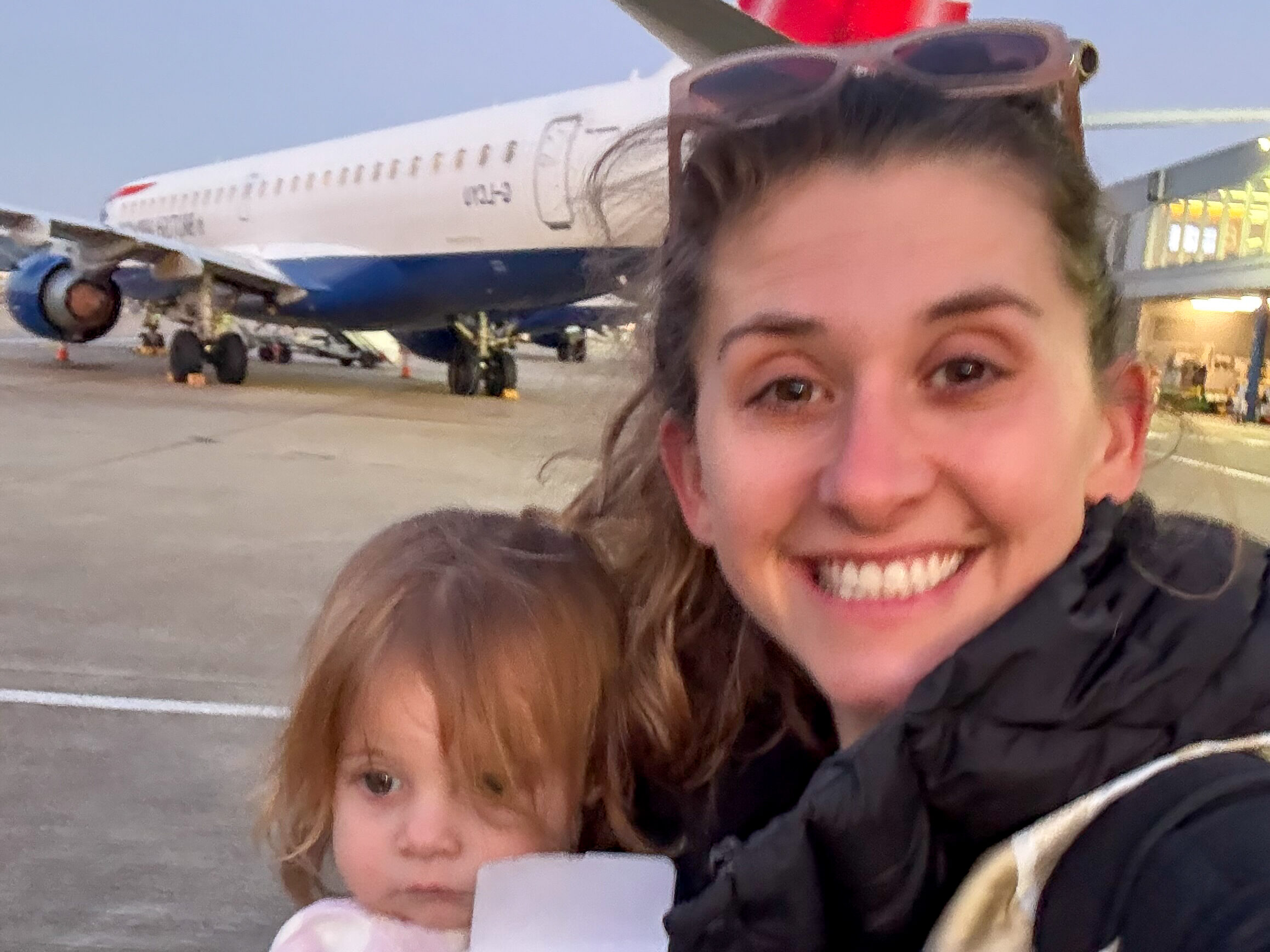
Validating Your Visa in France
Once you arrive in France, you have three months to validate your visa. This step is critical — without it, your visa is not officially active.
We went to administration-etrangers-en-france.interieur.gouv.fr, filled in our visa numbers, date of entry, address in France, and paid the fee (around €200–€250 per person) with a credit card.
A confirmation email was sent right after, along with a downloadable attestation de validation. We needed this document for housing, setting up bank accounts, and proving legal residency.
It was fast and easy to do online. After all the stress of applying, this part felt like a win.


